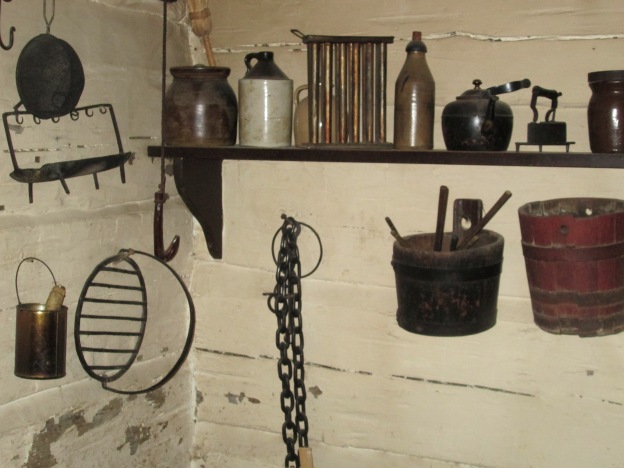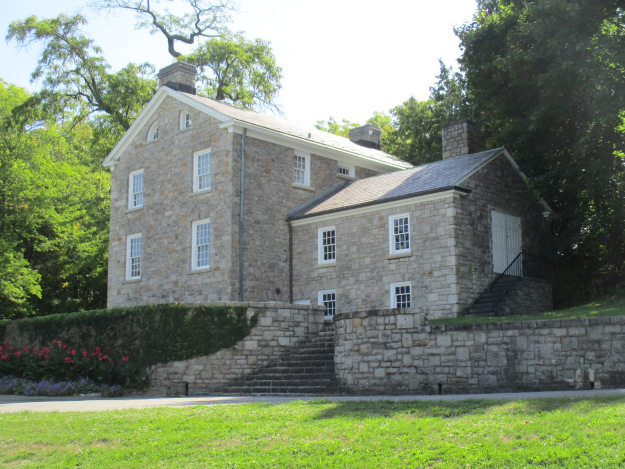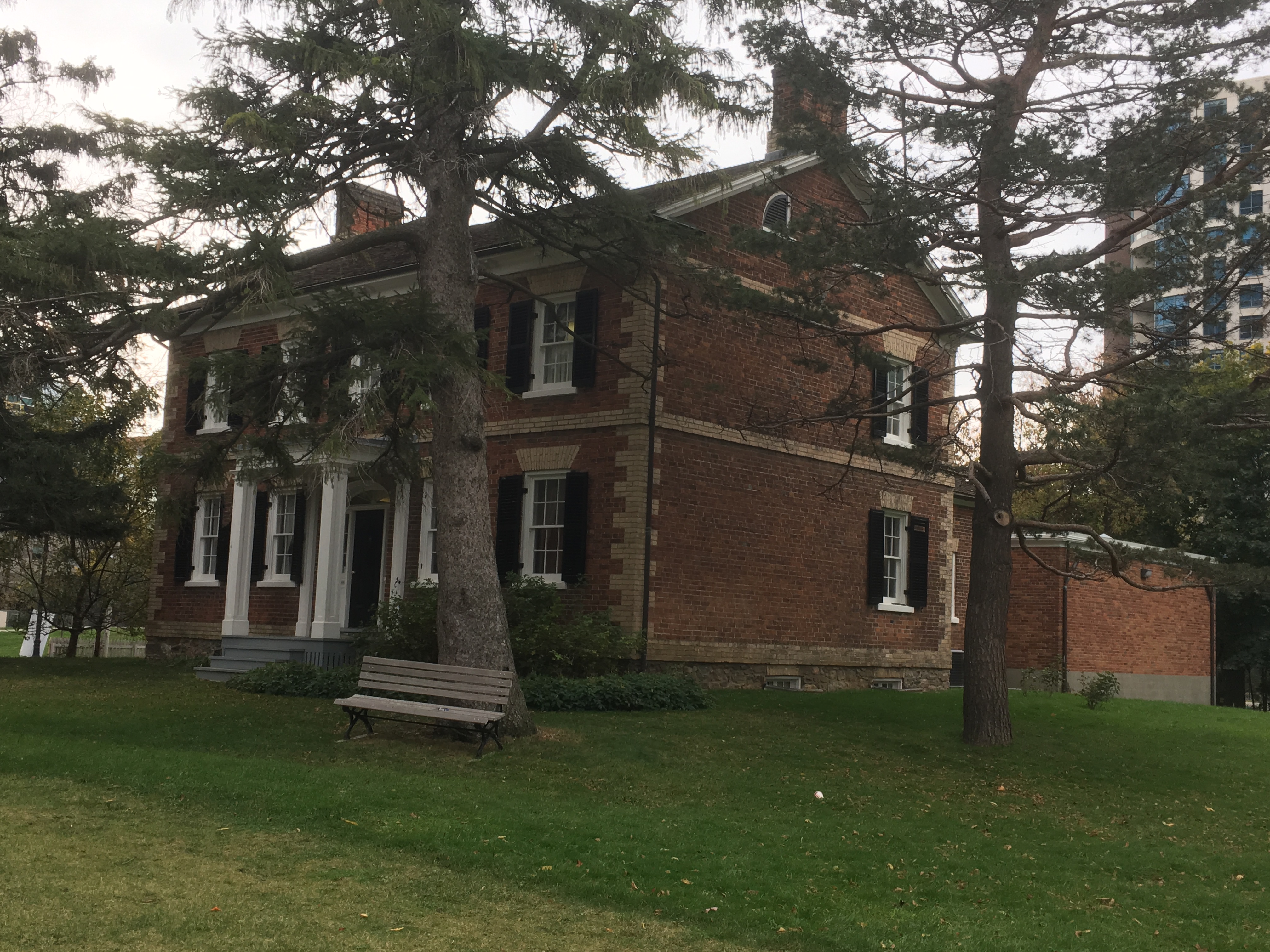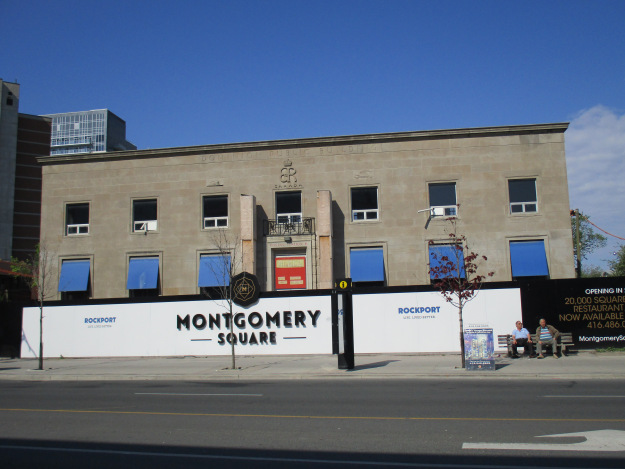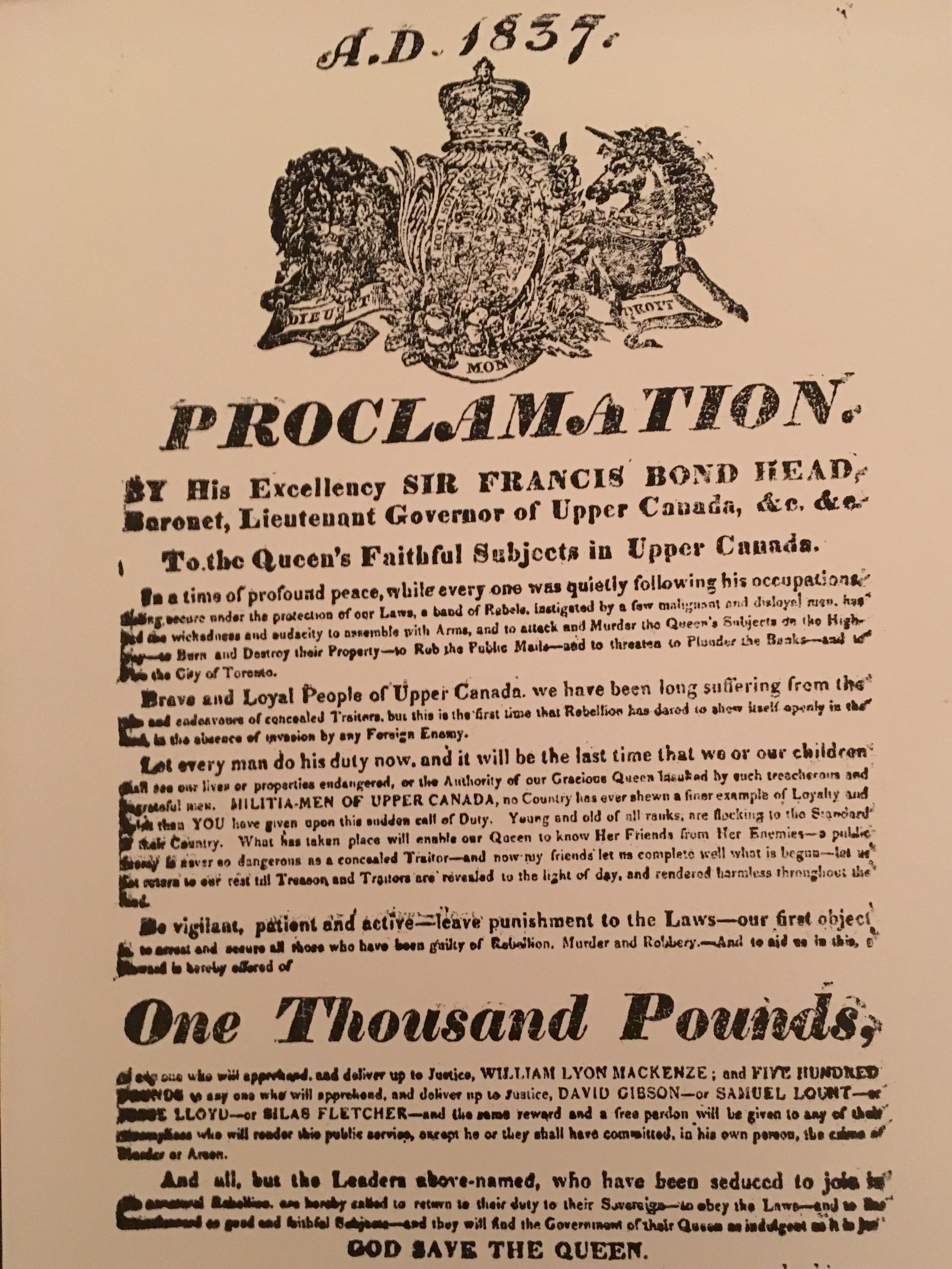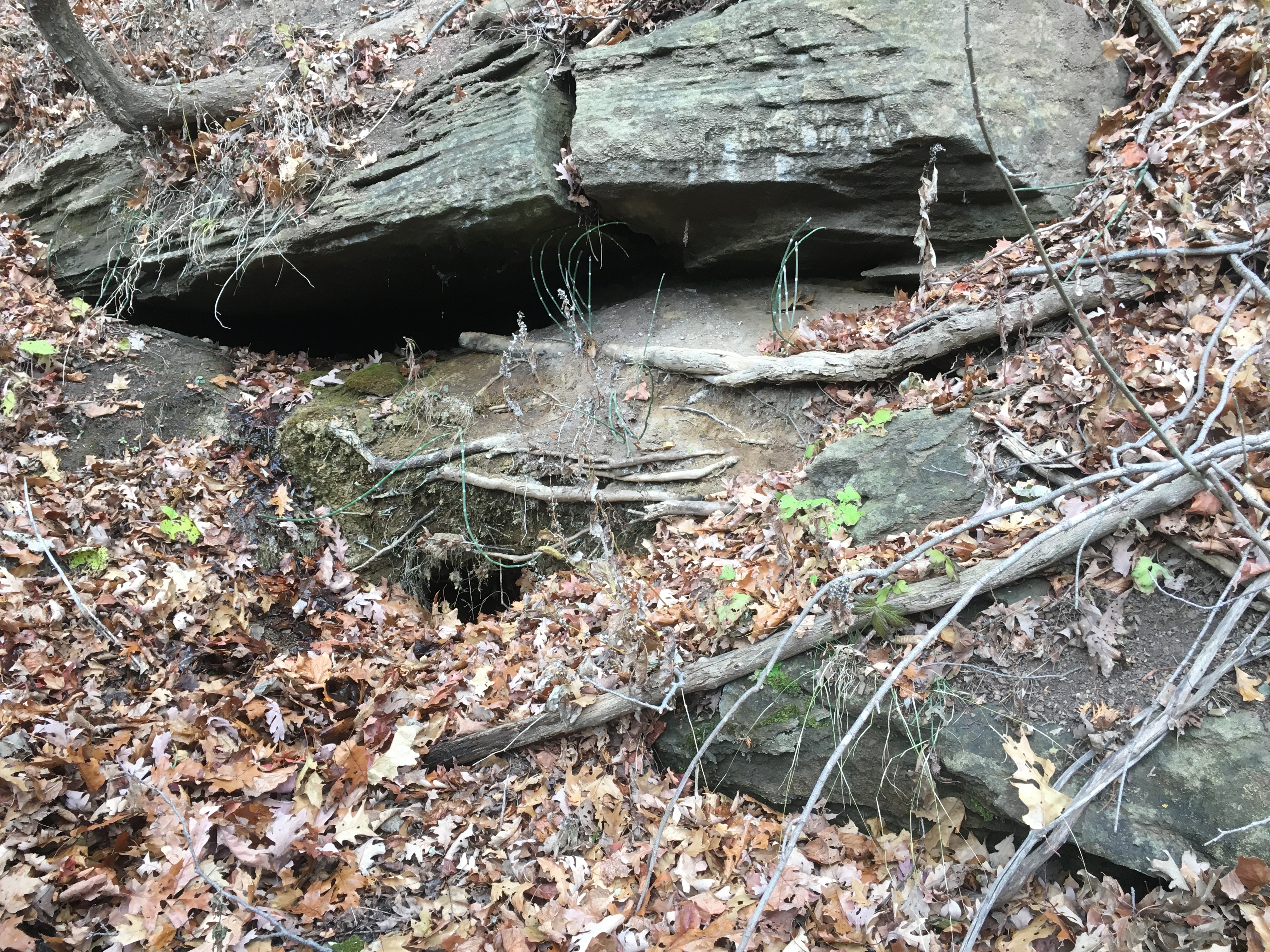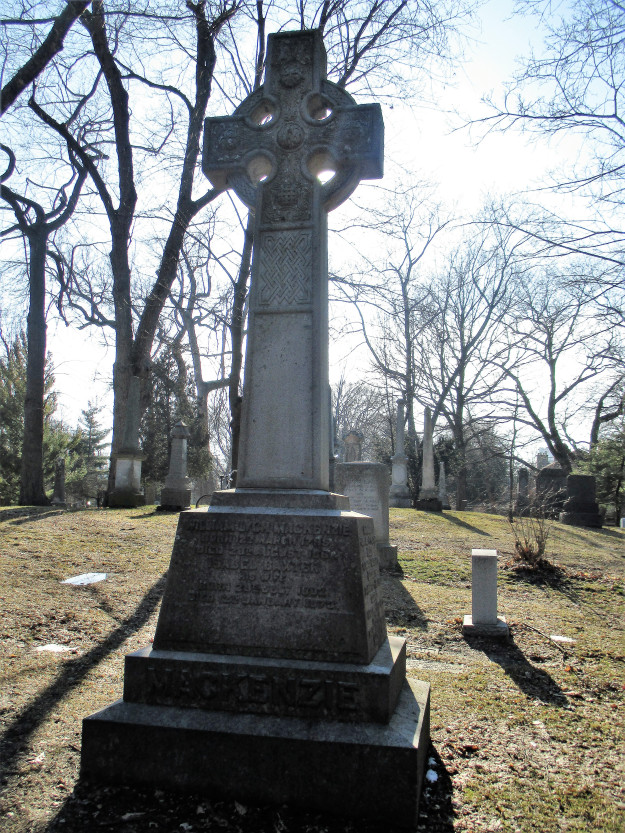November 28, 2021
Throughout the GTA there are several homes and historic sites that are open to the public, although usually with a small admission price to cover upkeep costs. They are typically decorated in the style of a different era. This means that if you chose to, you could visit each one in sequence and watch the changes over time. This post collects the various historic homes and sites and presents them in chronological order. A link will take you to the feature article on the site, if available, where a Google Maps link can help you locate them for yourself.
Fort York contains an amazing collection of buildings that date to the War of 1812, although many of them were replaced in 1814 after they were destroyed in the Battle of York on April 27, 1813. This is the first stop on our time journey as we start with our oldest museum.

As you go through the buildings notice how low the ceilings are. This is due to the fact that two hundred years ago people were generally shorter than today. (The track lighting and interpretive signs are obviously recent additions)
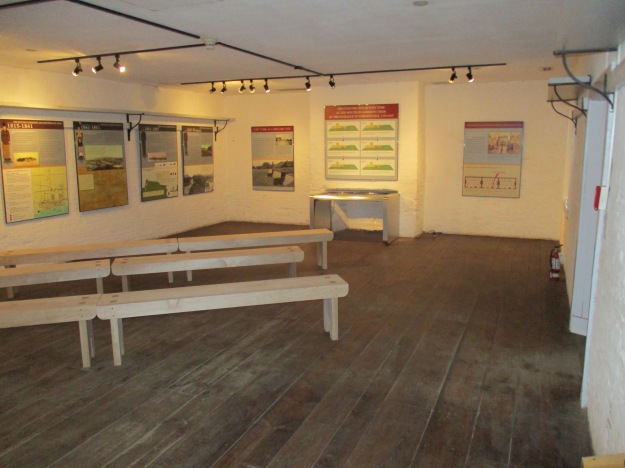
If we move ahead a decade we come to Todmorden Mills, a reminder of the city’s early industrial era. Mills were operated by water power and the Don River provided power to a series of three paper mills belonging to the Taylors. Only the lower one, which was at Todmorden, still survives. There’s also an old brewery and a pair of early industrialists homes. During the 1820s Trade Unions were still illegal and people were apprenticed for 7 years to learn a trade. General labour required long hours worked six days per week for sustenance wages.
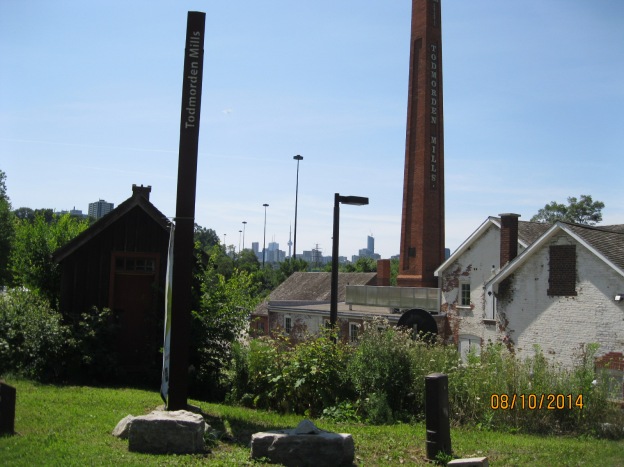
If we move ahead another decade we can get a glimpse of how people survived as they traveled in the 1830s. A journey had to be broken into smaller sections so that horses could be allowed to rest and passengers could rest their weary bones that had been shaken up on the poor roads. Inns and taverns were built at convenient distances along the main roadways. Montgomery’s Inn was built in 1830 by Thomas and Margaret Montgomery. It served as a rest and watering place for travelers along Dundas Street as they passed through the town of Islington. It served food and beer to travelers while providing fodder and water for their horses. Rest could also be had for those who needed to break their journey into several days’ travel.

Those same travelers often made their way along snow-clogged roads in the winter with their sleds but in the spring and fall, these same roads could become almost impassable due to the mud and ruts. One solution was the creation of plank roads where cut boards were laid side by side to create a wooden road. These were expensive to build and required constant maintenance. A system of tolls was established and people were employed to collect them. This small cottage was built for the family whose job it was to collect tolls along Davenport Road at the intersection with modern Bathurst street. Inside it is furnished with the items that kept a family of 9 as comfortable as the times would allow.
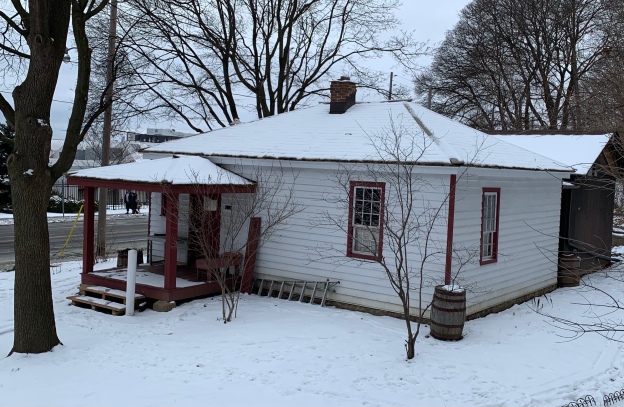
Inside the cottage is the wood stove for heating and cooking that had to keep the family from freezing in the winter.
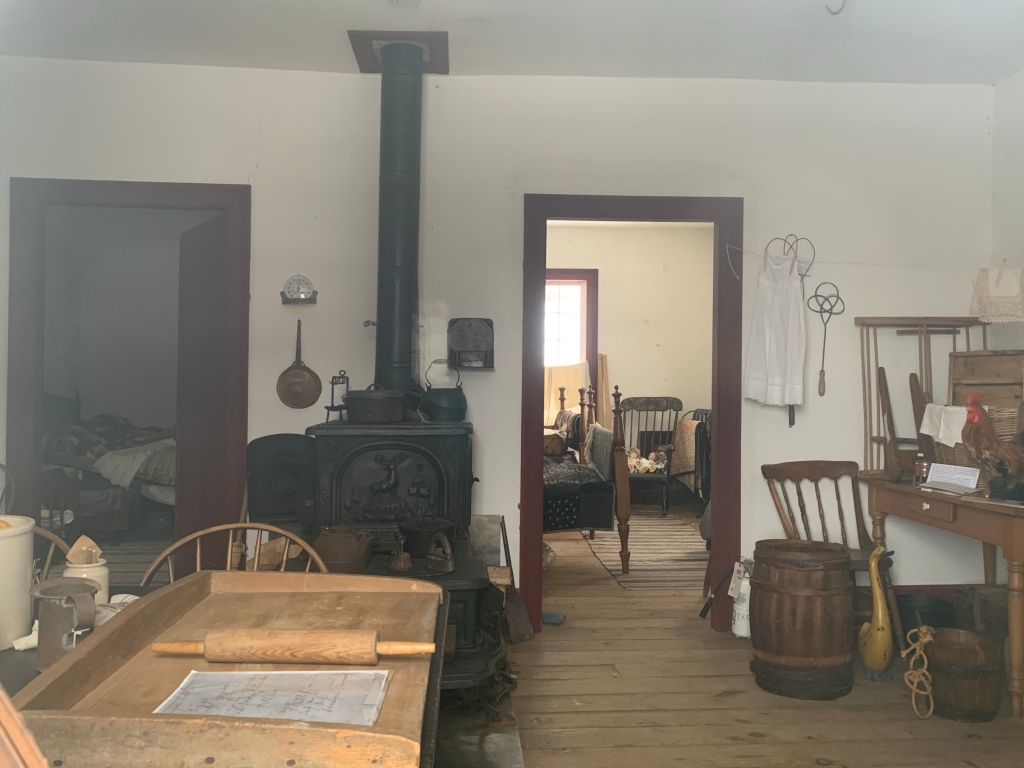
Our next two stops are related to the Upper Canada Rebellion of 1837. William Lyon McKenzie was the prime instigator for the rebellion. He used his printing business to incite discontent with the ruling Family Compact which would lead to rebellion. This museum takes you into a typical printing shop of the era.
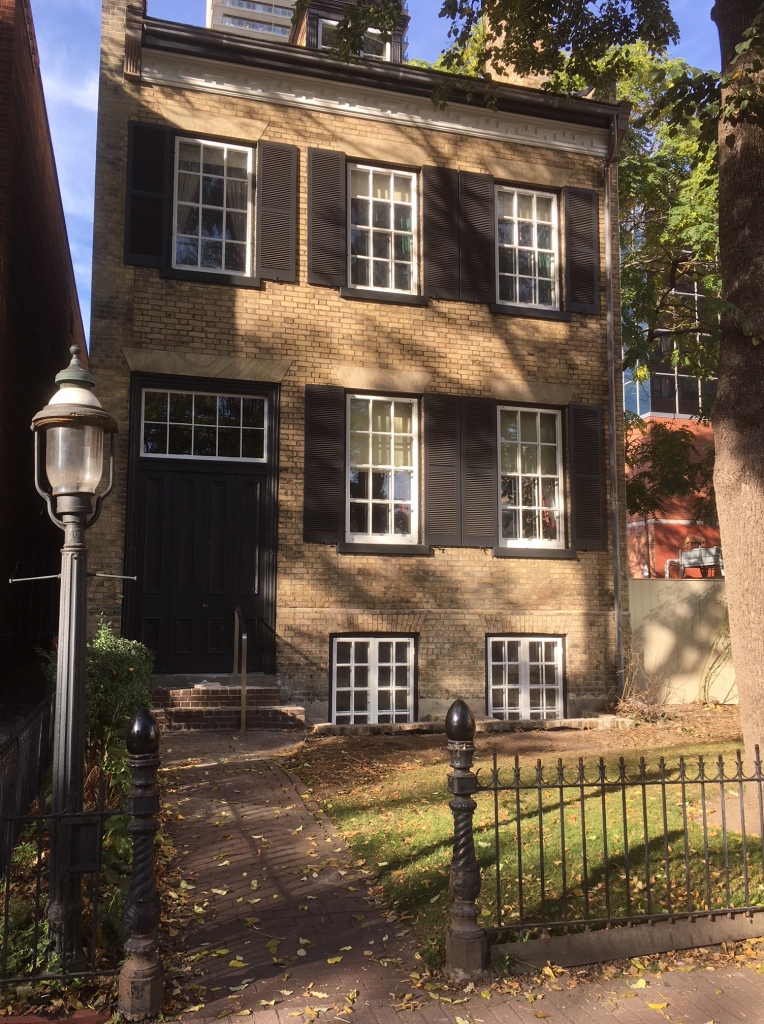
This museum even includes a set of MaKenie’s own printing types.
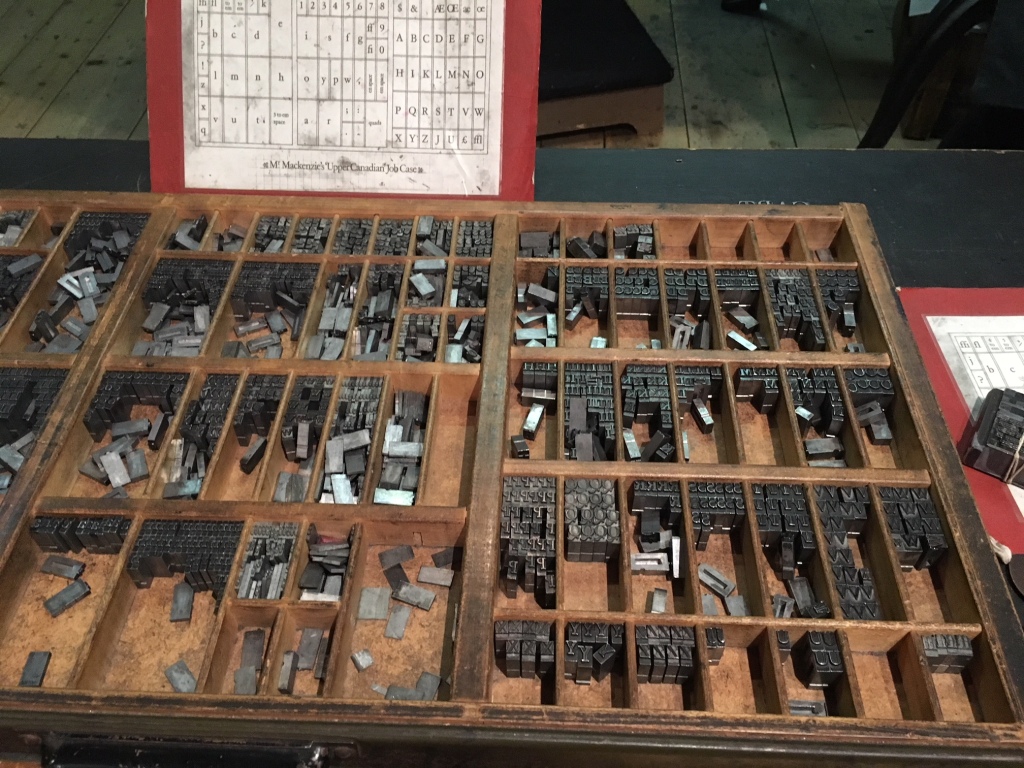
David Gibson was a consistent supporter of Mackenzie and when the rebellion failed he was exiled and his house and barns were burned down in retaliation. When he returned in 1851 he built the next house on our museum tour. Here we get a glimpse into the life of a provincial land surveyor in the 1850s.
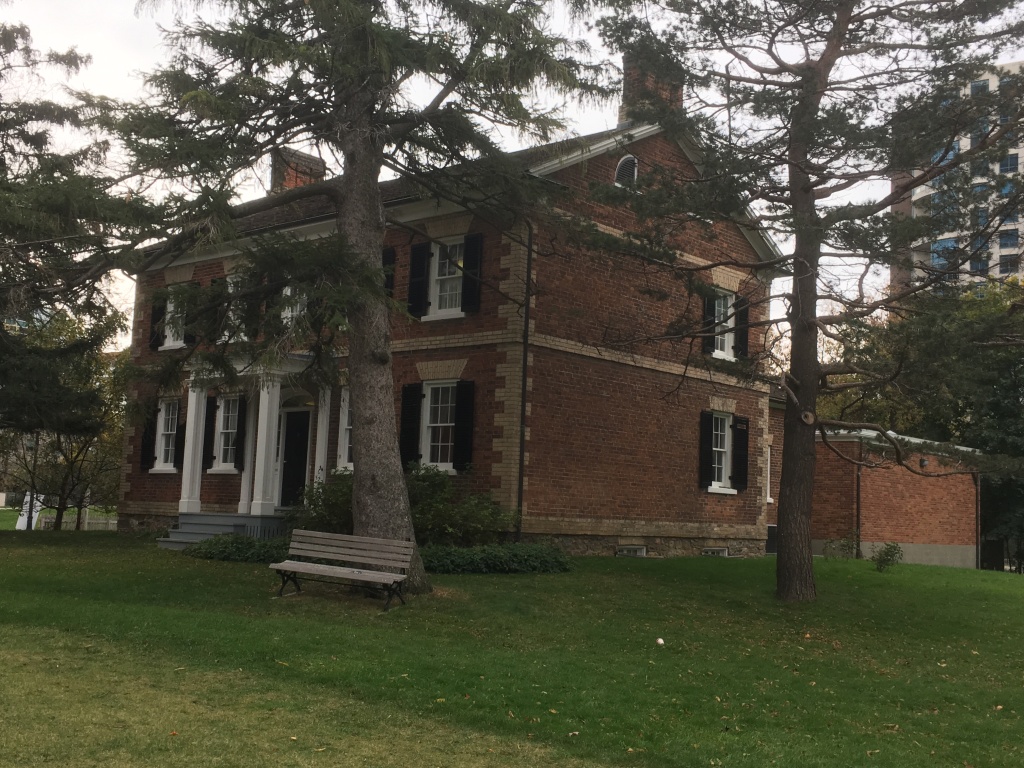
Colborne Lodge was built in 1837 but became a full-time home in 1855. This stop on our journey shows us how the wealthier people lived in the mid-1850s. The Howards built the first indoor flush toilet in the city and devised a method of delivering heated water to a showerhead.
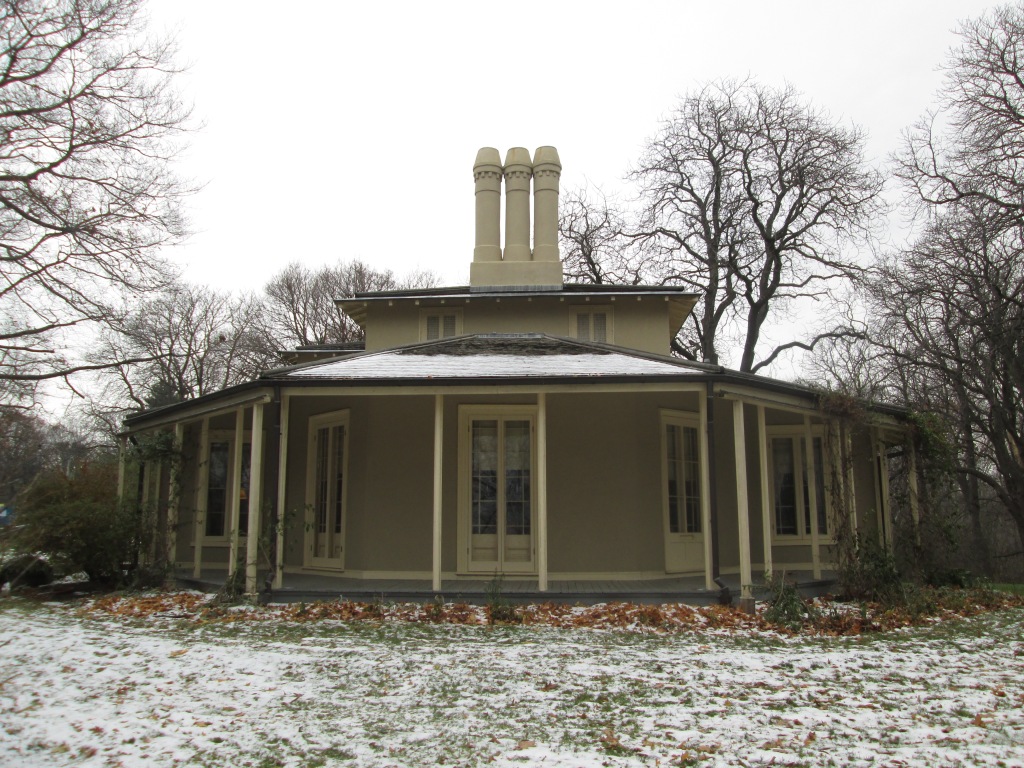
When Jemima became ill, John Howard nursed her at their home. Her sick room shows the level of medical intervention that could be expected in this period.
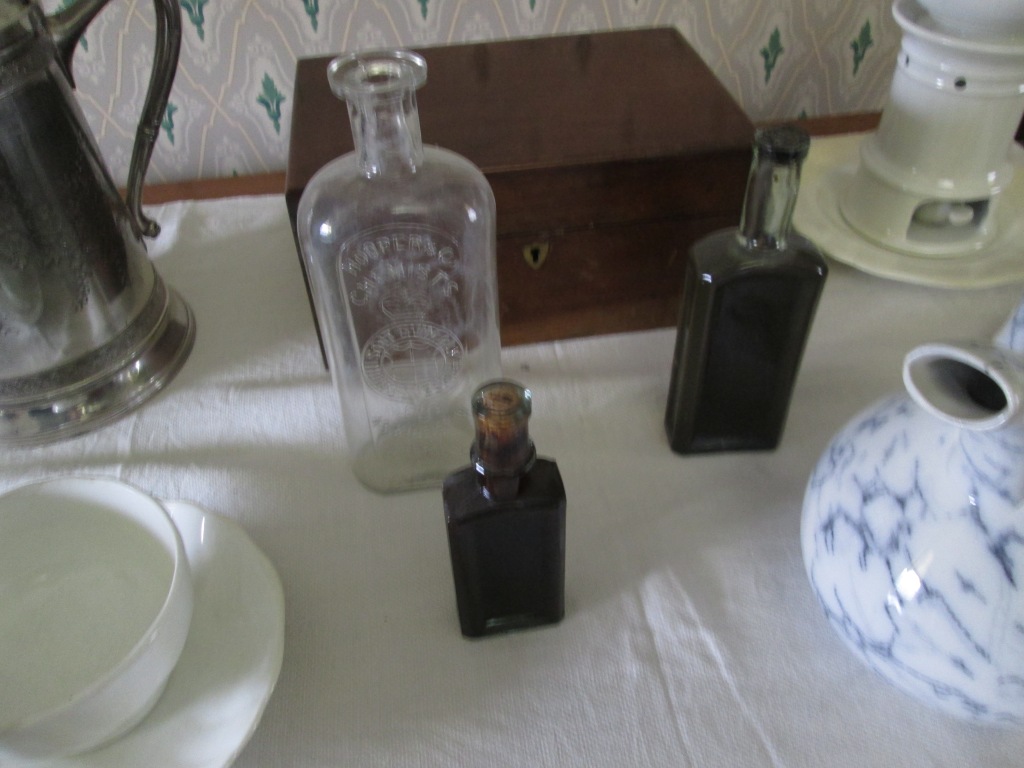
1860s Black Creek Pioneer Village
The next stop on our time travel trip lands us in the 1860s on the farm of Daniel and Elizabeth Stong. Their early houses and farm buildings were so well preserved by the family that they became the basis for Black Creek Pioneer Village. Many other buildings have been moved here and a small town has been recreated. A blacksmith shop, printing shop, hotel, store, carriage works, church, and manse, among other buildings, can be explored. Christmas By Lamplight has been an annual favourite because it allows one to sample treats and decorations from the mid-1860s.
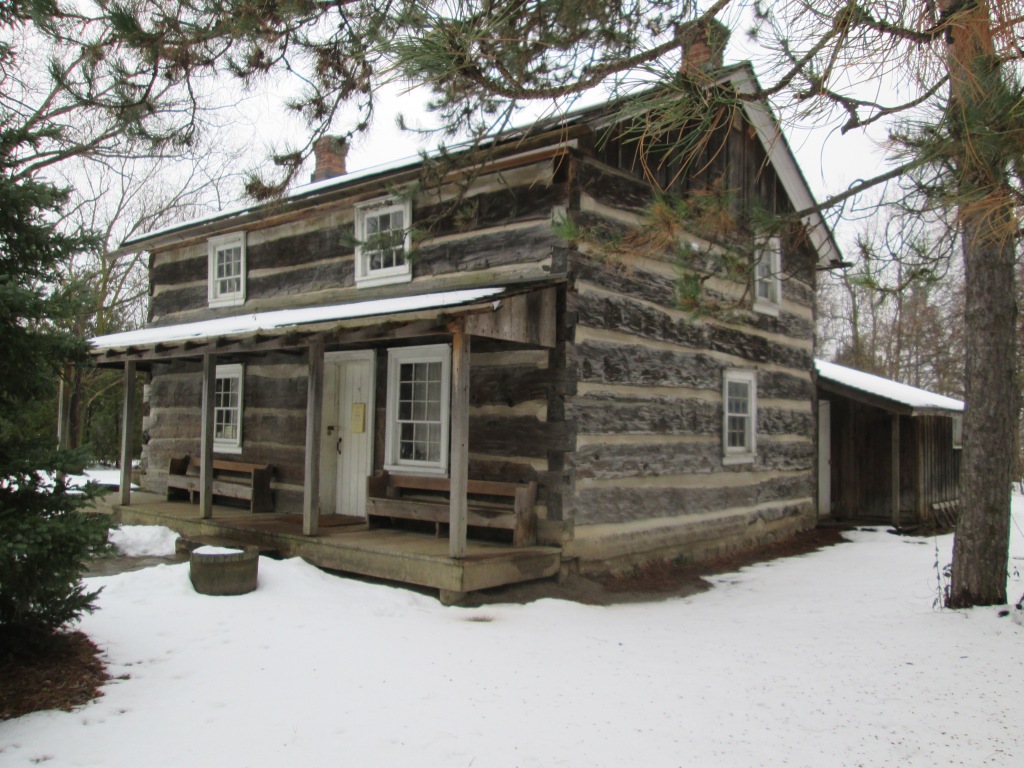
Women of the 1860’s would cook using the fireplace and the small oven on the side and could turn out quite impressive dinners with the means that they had at hand.
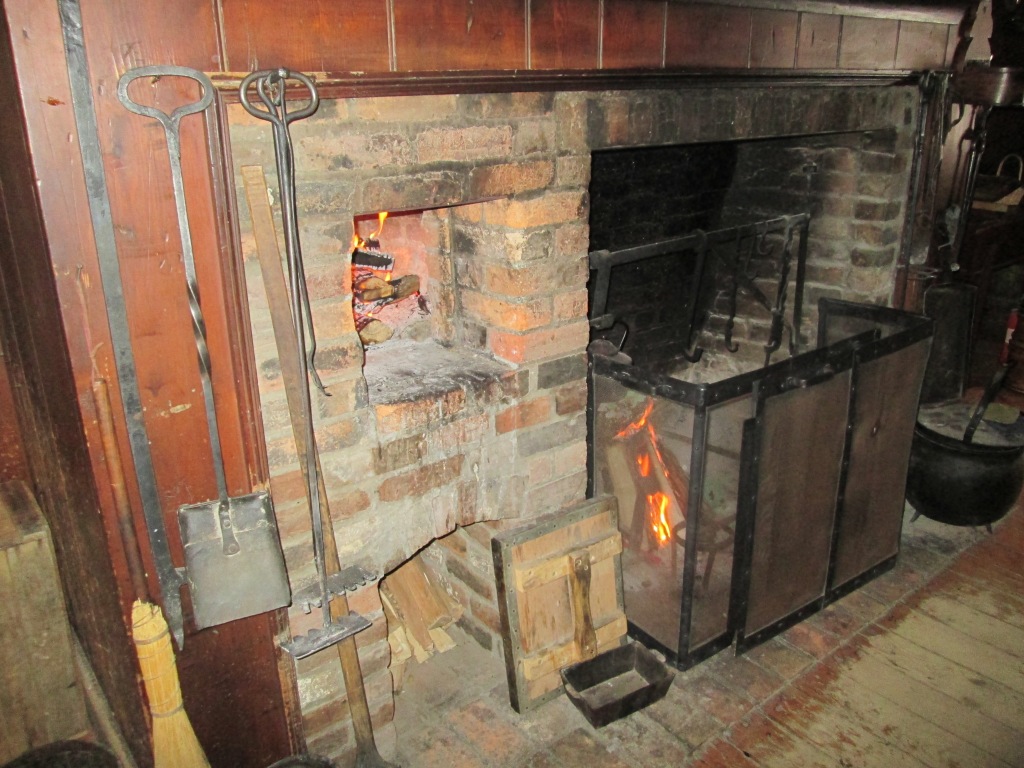
Although not specifically operated as a museum, the Don Valley Brick Works demonstrates this industry as it operated in the 1870s. It was owned by the Taylor brothers who also operated the mills at Todmorden.
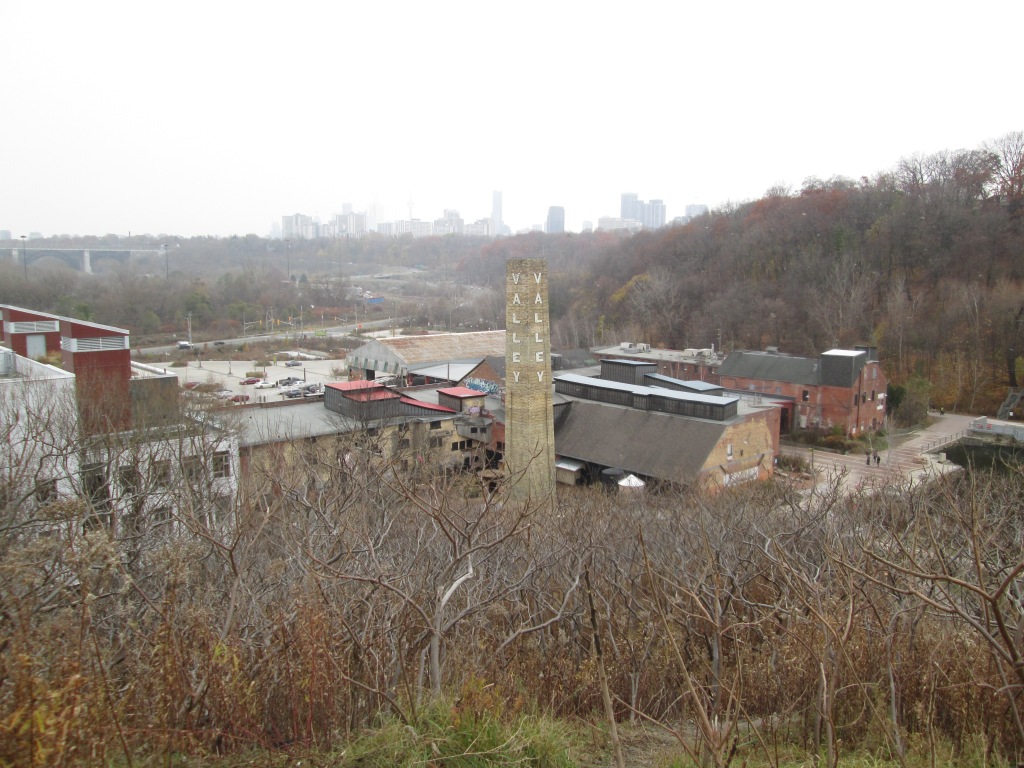
Throughout the 19th-century and into the 20th-century it was common for children to go to school in a one-room schoolhouse. The teacher was responsible for teaching all grades and so you didn’t want to get on their bad side because you would have them again next year. This school was vacant for several decades before it was restored and opened as a museum showcasing school as it was around 1910.

Thomson Memorial Park in Scarborough contains the Scarborough Historical Society and a few locally historical buildings that have been moved into a small cluster. This stop on our time trip lands us just prior to the start of the First World War.
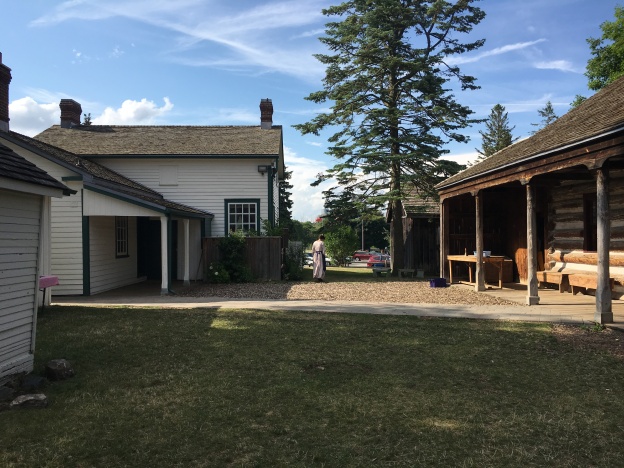
Benares House is not in Toronto, it is in Mississauga, but we’ve included it here because it showcases life during The Great War (WW1) for the average farming family in the area. Keeping up with the chores around the farm was a constant challenge with so many of the men off fighting the war in Europe.
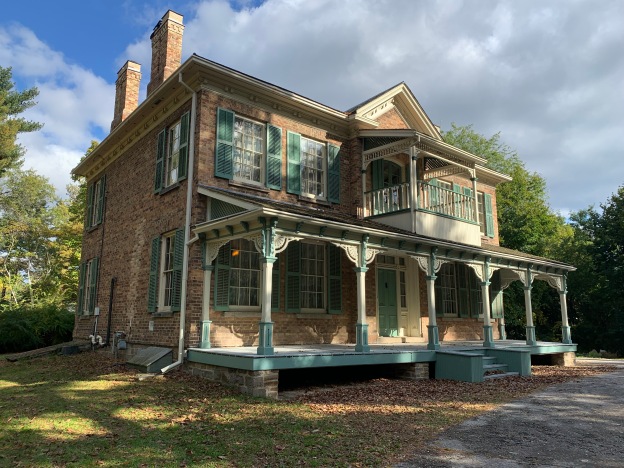
Our final stop on our journey brings us to 100 years ago and the house of a wealthy Toronto politician and businessman. Spadina House and gardens have been furnished and decorated to reflect the 1920’s, a period of prosperity that followed The Great War and preceded the economic depression of the 1930s.

While time travel might not be possible, a structured tour through Toronto’s museums could be the next best thing. Where will you start?
Like us at http://www.facebook.com/hikingthegta
Follow us at http://www.hikingthegta.com
Also, look for us on Instagram
